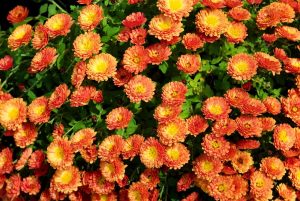March marks the beginning of spring and is an ideal time for beginners to get their hands dirty in the garden. As the frost starts to fade and soil temperatures rise, various flowers can be planted to ensure a stunning bloom throughout the growing season.
In this guide, we’ll explore a range of flowers that can be sown or planted in March, emphasizing their suitability for this specific month.
Pansy
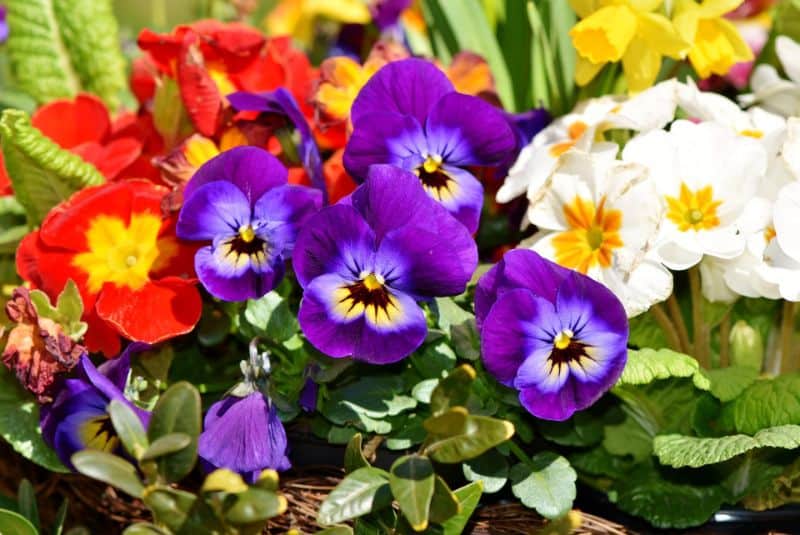
March is an excellent time to plant pansies, which are among the first flowers to bloom in spring. These hardy annuals are ideal for cooler temperatures and can handle light frosts. Their vibrant colors – ranging from yellow and orange to deep purple – brighten garden beds, window boxes, and hanging baskets.
Pansies can be sown from seeds or purchased as young plants from nurseries. When planting, choose a location that receives at least six hours of sunlight each day. This will encourage robust growth and vibrant blooms. Make sure to space them adequately to allow airflow and reduce disease risks. Regular watering is essential, especially in dry conditions, but avoid overwatering to prevent root rot.
Hellebore
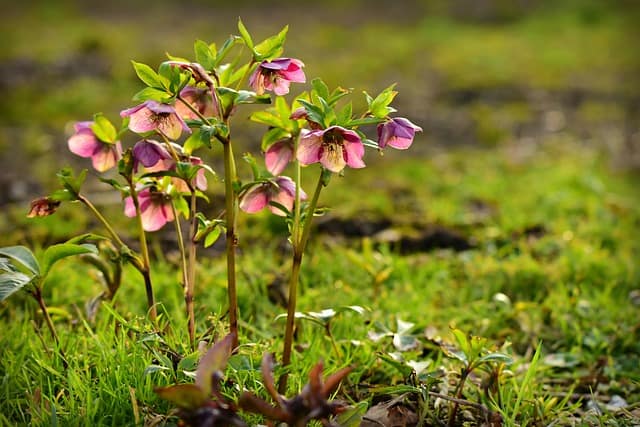
March is the perfect time to introduce hellebores, also known as Lenten roses, into your garden. These perennial flowers are some of the first to bloom, often showcasing their unique, cup-shaped flowers even when there’s still snow on the ground. Hellebores thrive in partial to full shade, making them ideal for dappled light areas under trees or in shaded garden beds.
When planting hellebores in March, focus on enriching the soil with compost to provide nutrients. They prefer slightly alkaline, well-drained soil with good moisture retention. It’s wise to clean up any old leaves from previous seasons around the plants to avoid fungal issues and pests. With proper care, hellebores will reward you with beautiful blooms for many years.
Daylily
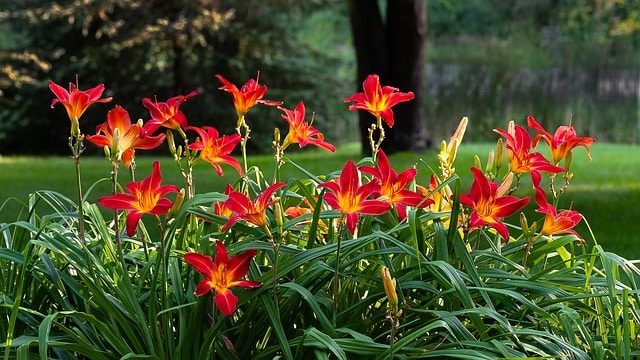
March is a great time to plant daylilies, especially in warmer climates. These resilient perennials are known for their vibrant blooms, which come in a variety of shapes and colors. When planting in March, you can expect the daylilies to establish themselves before the heat of summer kicks in.
Choose a sunny location with well-drained, nutrient-rich soil for daylilies. Plant the roots with the crown just above the soil line and provide adequate spacing of about 18 inches apart to allow for healthy growth. Water regularly to help them settle into their new home, but once established, daylilies are quite drought-tolerant.
Peony
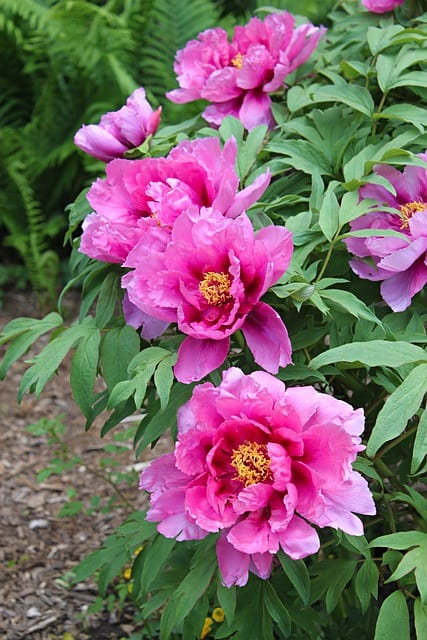
March is the ideal time to plant peonies, with the expectation of enjoying their large, fragrant blooms by late spring or early summer. Planting bare-root peony tubers in March allows them to establish roots before the growing season begins.
Select a spot that receives full sun for at least six hours a day, as peonies thrive in sunny conditions. Amend the soil with organic compost to provide the necessary nutrients and ensure good drainage. It’s essential to plant the tubers with the eyes facing upward and cover them with no more than two inches of soil. Peonies take a season or two to fully establish, but the stunning blooms make it worth the wait.
Alyssum
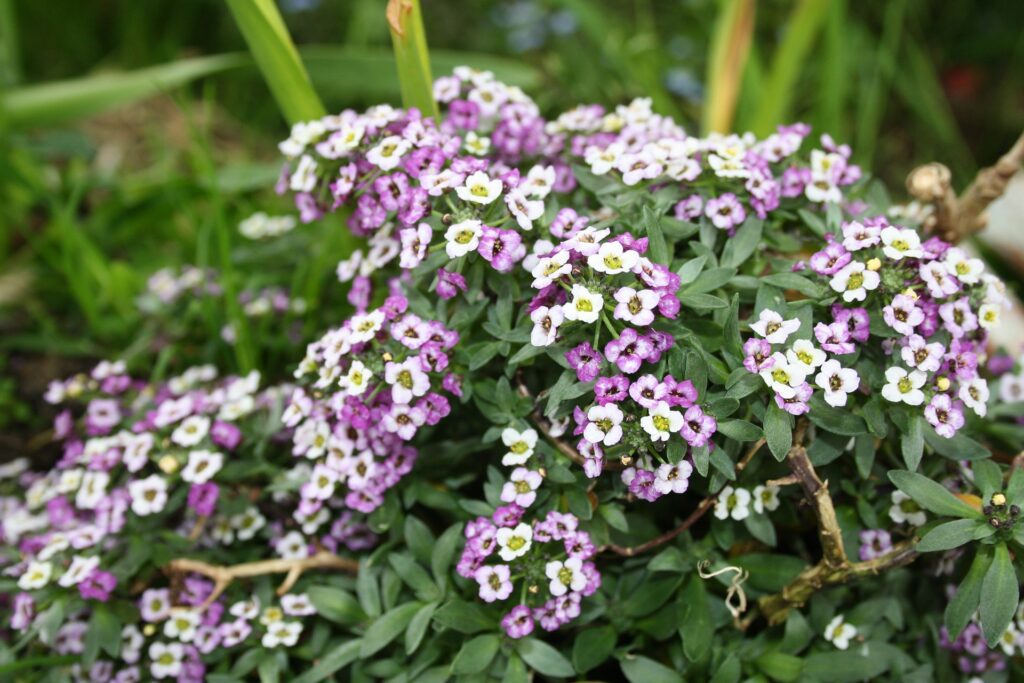
Sweet Alyssum is a charming, low-growing annual flower that is perfect for planting in March. With its delicate, fragrant blooms in white, pink, or purple, alyssum adds a soft touch to garden beds and container arrangements.
For optimal growth, plant alyssum in well-drained soil with full sun exposure. Space the seeds or seedlings about 6 to 12 inches apart to allow for spreading. Alyssum is quite resilient and can tolerate light frost, making March an ideal month for planting. Regular watering helps keep the soil moist, but be cautious not to overwater, as they prefer slightly dry conditions once established.
Coneflower
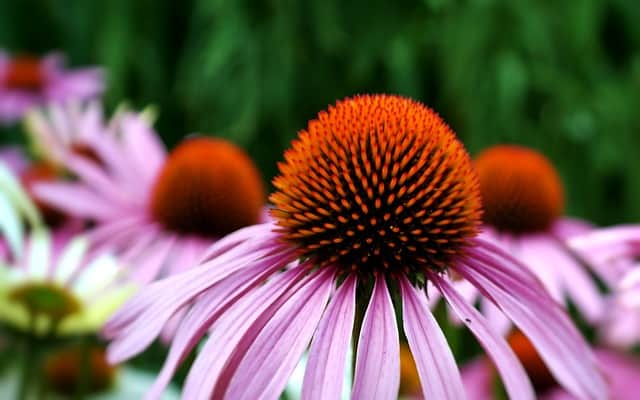
March is a great time to plant coneflowers (Echinacea), as they are robust, drought-resistant perennials that bloom from summer through fall. Their distinctive petals and central cones add striking visual interest to gardens and attract pollinators.
When planting coneflower seeds or young plants in March, choose a location that receives plenty of sunlight—at least six hours per day. They thrive in well-drained soil, which can be improved with compost. Space the plants at least 18 inches apart to give them room to grow and spread. After planting, water them well, and they’ll become more drought-tolerant as they establish.
Hosta
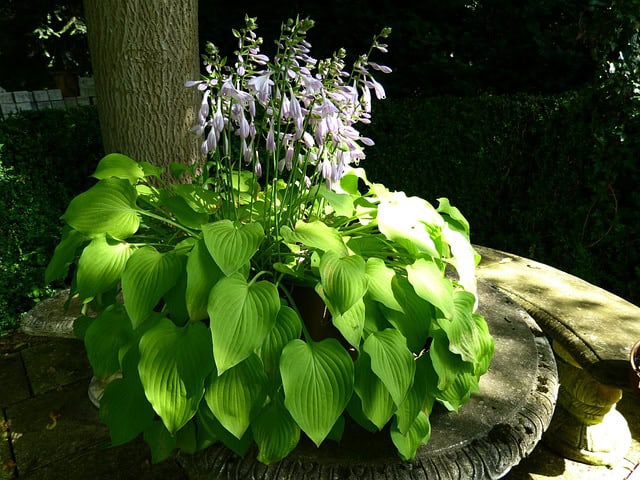
March is the ideal time to plant hostas, especially in cooler regions. These perennial favorites are prized for their lush foliage and do well in shady areas, making them perfect for garden beds beneath trees or in partial shade.
Hostas can be planted as bare roots or potted plants in March. Make sure the soil is rich and well-drained, adding compost if necessary. Consider spacing the plants according to their mature size, as some varieties can grow quite large. During the initial growth phase, keep the soil consistently moist, but once established, hostas require less frequent watering.
Calendula
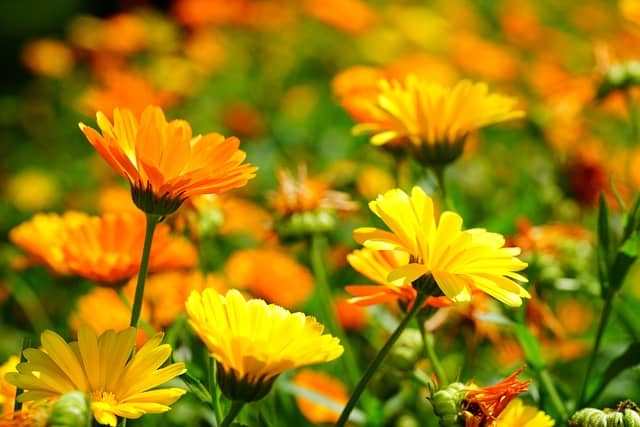
Calendula, also known as pot marigold, is an easy-to-grow annual that thrives with March planting. These vibrant flowers can be direct-seeded into the garden or started indoors. Their bright yellow and orange hues add warmth and cheer to gardens.
For optimal growth, select a sunny location with well-drained soil. Calendula can tolerate poorer soils, but a nutrient-rich environment will enhance bloom production. Sow seeds directly into the ground, spacing them about 12 inches apart. Water regularly to keep the soil moist, particularly during dry spells, and remove spent flowers to encourage continuous blooming.
Aster
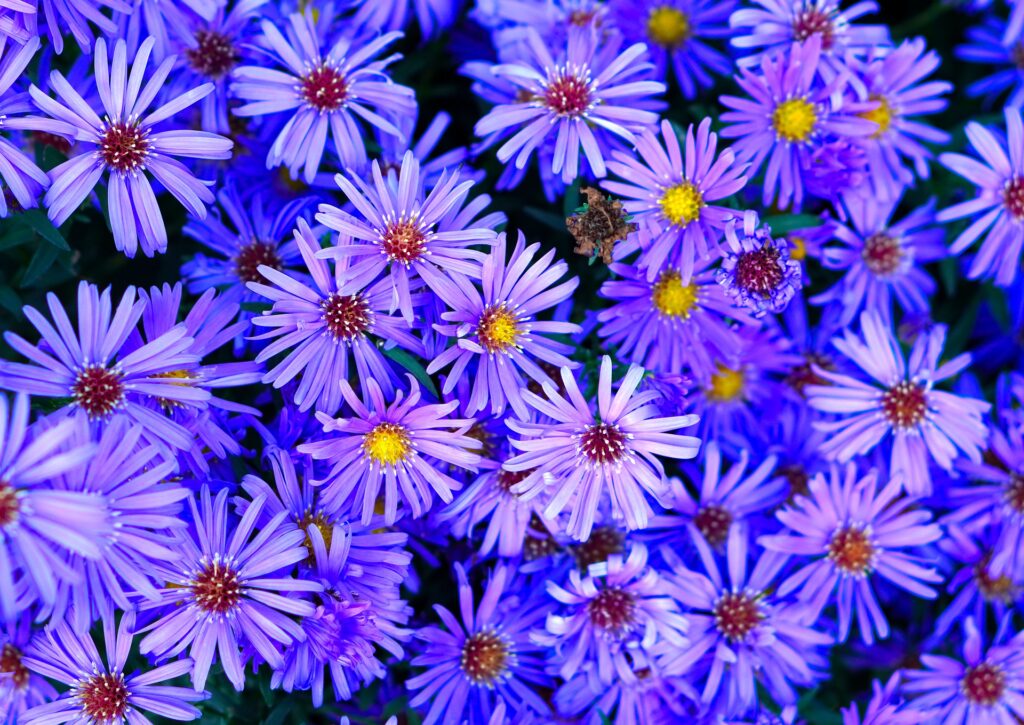
While asters typically bloom later in the season, March is a strategic time to plant them to prepare for a colorful fall display. These perennials come in various colors and attract butterflies and other beneficial pollinators.
When planting asters in March, choose a location that receives full sun and has well-drained soil. Space the plants about 12-18 inches apart to allow growth and airflow. Water the plants adequately after planting, and mulch around them to retain moisture and suppress weeds. With their vibrant blooms, asters will add a lovely touch to the late summer and fall garden.
Catmint
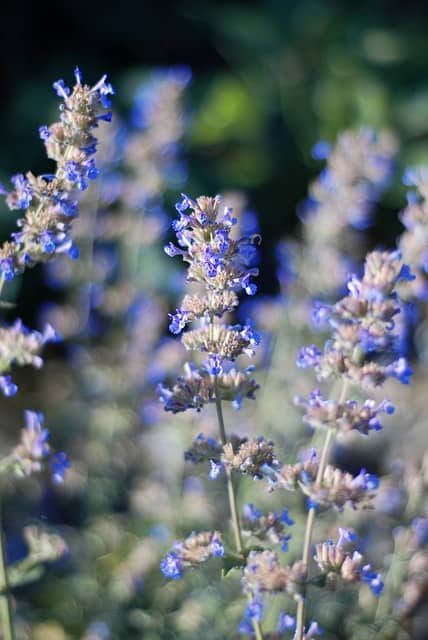
Catmint (Nepeta) is a hardy perennial flourishing in full sun and well-drained soil, making March an ideal time for planting. This plant is known not only for its beautiful lavender-blue flowers but also for its aromatic foliage that attracts pollinators.
When planting catmint, prepare the soil by incorporating organic material to improve drainage and fertility. Space the plants 12 to 18 inches apart, as they will spread over time. Regular watering is necessary during the establishment phase, but once established, catmint is quite drought-tolerant. By planting in March, you ensure that the plants are well-established by the time the warmer weather arrives.
Snapdragons
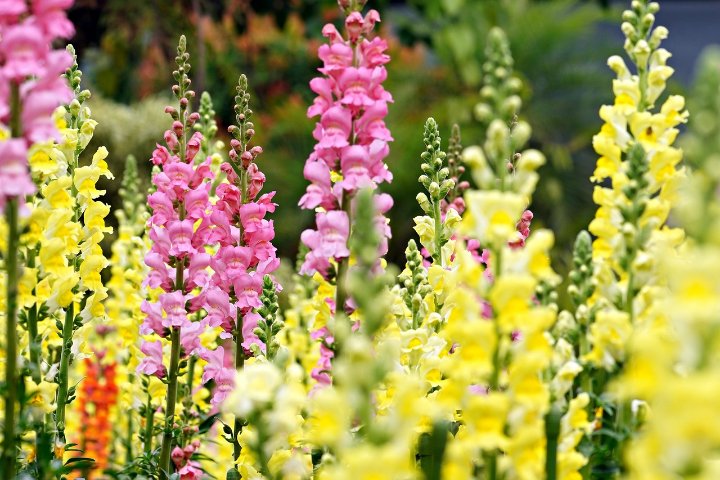
March is an excellent month for planting snapdragons, which are cool-season annuals that can flower earlier in the spring. Snapdragons are cherished for their unique flower shapes and the variety of colors available.
Select a sunny spot with well-drained soil for planting snapdragon seeds or young plants. When planting, ensure that the seedlings are spaced about 6 to 12 inches apart, depending on the variety. Water them regularly to keep the soil consistently moist, especially during dry spells. As they grow, you may need to stake taller varieties to provide support and ensure they maintain an upright posture as they bloom.
Primrose
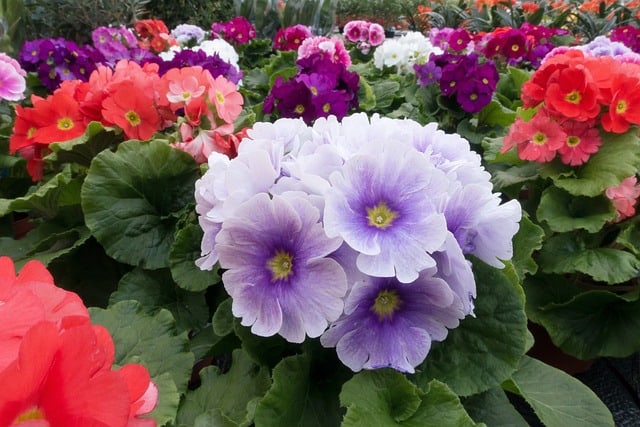
Primroses are one of the first flowers to bloom in spring, making March an ideal month for planting them. With their vibrant, colorful flowers, they offer a cheerful start to the growing season.
When planting primrose, choose a partially shaded area with rich, well-drained soil that can retain some moisture. You can plant them as young plants in pots or sow seeds. Space them about 6 to 12 inches apart to allow for healthy growth. Regular watering is essential during their establishment period, so keep the soil moist but not waterlogged. With the right care, these lovely flowers will thrive and bring color to your garden early in the season.
Dahlias
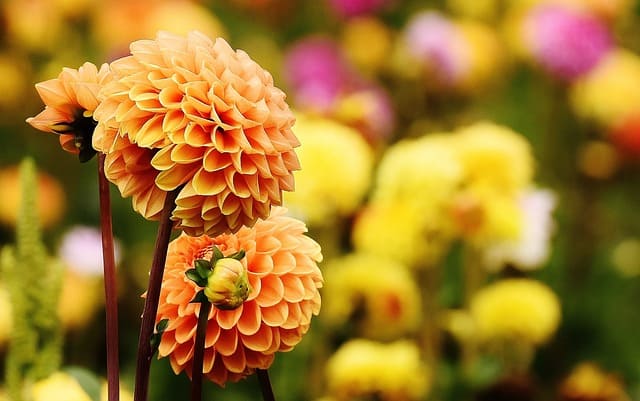
March is the perfect time to start planting dahlias, especially in regions with mild winters. These striking flowers come in various shapes and colors, making them favorites for flower arrangements and borders.
You can start dahlias indoors in pots or plant tubers directly into the garden once the risk of frost has passed, ideally towards the end of March. Choose a location that gets at least six to eight hours of sunlight daily and ensure the soil is well-draining and rich in organic matter. After planting, water them well to help them establish a strong root system. Once they start to grow, regular watering and fertilization will encourage lush foliage and spectacular blooms.
Gladioli
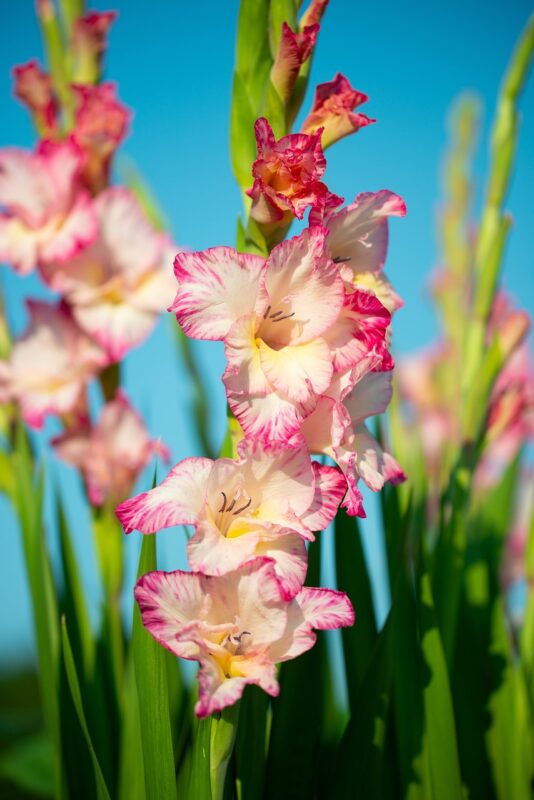
March is an excellent month to plant gladioli corms, as they require warm soil to sprout and bloom beautifully in mid-summer. Gladioli are known for their tall spikes of flowers that can reach impressive heights, making them excellent for adding vertical interest to your garden.
When planting, ensure that the corms are placed 4 to 6 inches deep in well-drained soil. Select a sunny spot, as gladioli thrive in full sunlight. Space the corms about 4 to 6 inches apart to allow for proper growth and airflow. Water them thoroughly after planting, and as they begin to grow, ensure the soil remains evenly moist.
Crocosmia
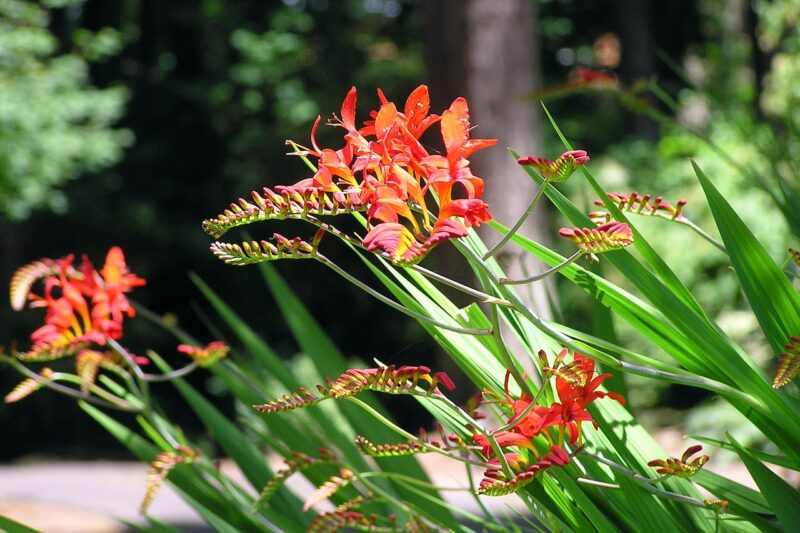
March is a great time to plant Crocosmia, known for its fiery, trumpet-shaped flowers that bloom mid-summer. These perennial bulbs will provide stunning blooms in shades of red, orange, and yellow, creating a vibrant display.
For optimal growth, choose a sunny location with well-drained soil. When planting Crocosmia corms in March, bury them about 4 inches deep and space them 12 inches apart. Water after planting, and keep the soil consistently moist until the plants establish. Once established, Crocosmia is drought-tolerant, making them great for low-maintenance gardens.
Anemone
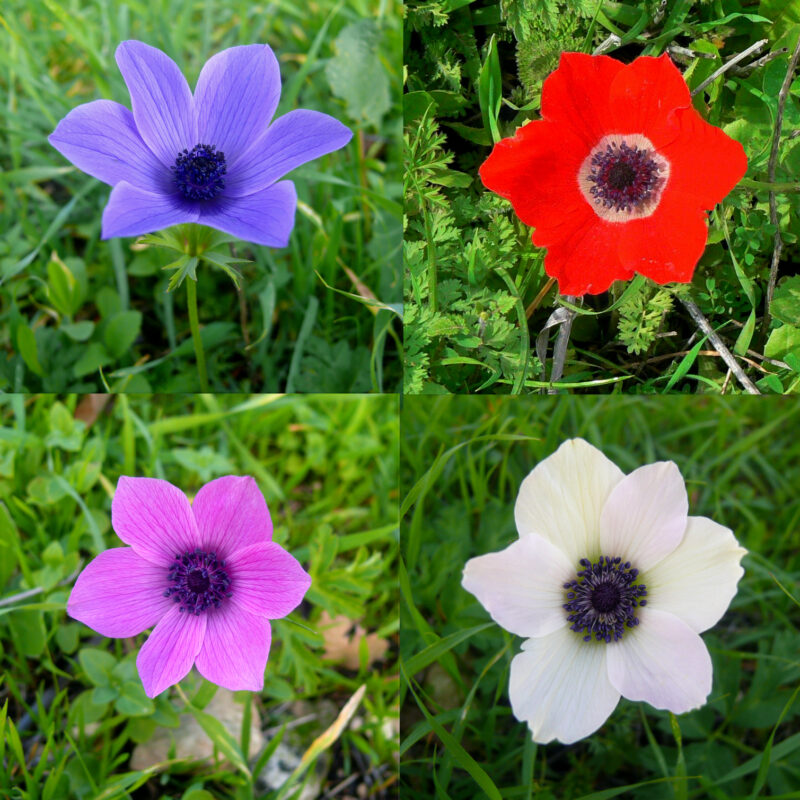
March is an opportune time to plant anemone bulbs, which are known for their delicate, daisy-like flowers. These perennials add vibrancy to gardens, often blooming in a range of colors from white to purple.
When planting anemones, ensure the soil is well-drained and rich in organic matter. Plant the corms about 2 inches deep, spacing them around 6 to 12 inches apart. Anemones prefer partial shade but can also thrive in full sun, depending on your climate. Water them regularly, particularly during dry periods, to promote healthy growth.
Canna Lilies
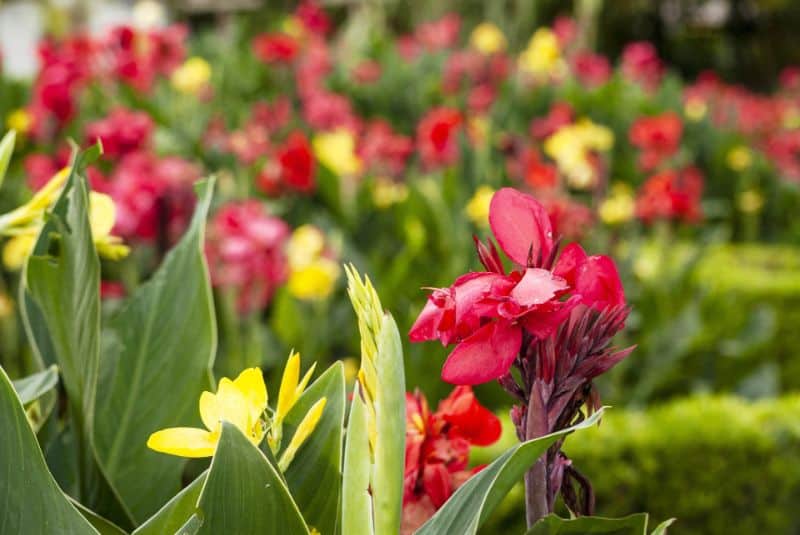
March can be the perfect time to start planting canna lilies, especially in warmer climates. These tropical-looking flowers are known for their lush foliage and bold, colorful blooms that brighten any garden.
For canna lilies, plant the rhizomes directly into the garden after the last frost. Ensure they are buried about 4 inches deep in well-drained, moist soil. Choose a sunny location, as they thrive best in full sun. Regular watering is crucial, especially during hot weather, to keep the foliage lush and vibrant. Canna lilies will reward your spring planting with stunning summer blooms.
Calla Lilies
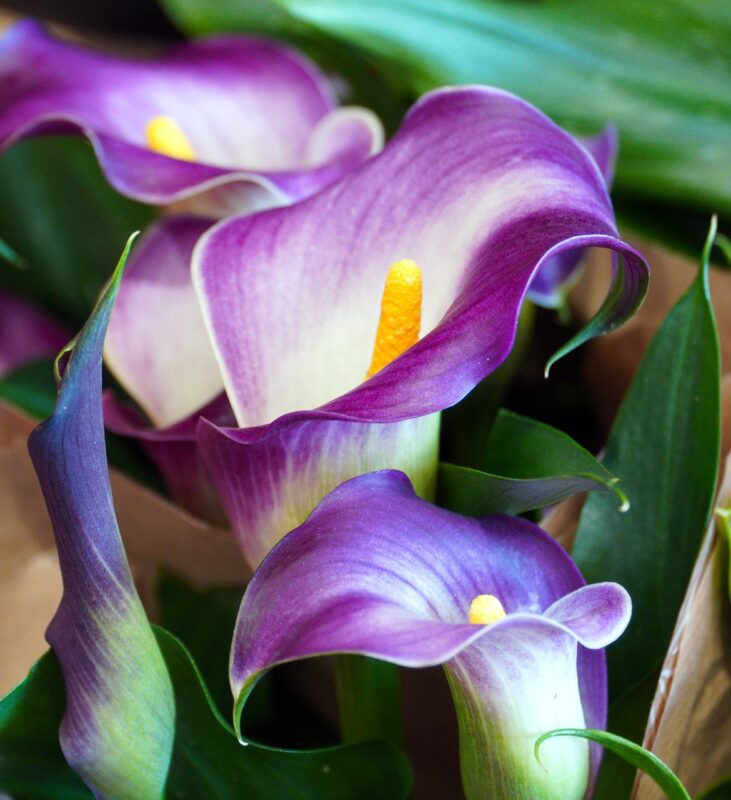
March is a great time to plant calla lilies, which are admired for their elegant, trumpet-shaped flowers. These perennials can produce blooms in white, yellow, pink, and other shades, adding sophistication to garden beds.
When planting calla lily bulbs in March, ensure they are planted in well-draining, nutrient-rich soil, buried about 2 to 4 inches deep. They prefer full sunlight but can tolerate some shade. Water them thoroughly after planting and keep the soil consistently moist but not soggy to promote proper growth.
Ranunculus
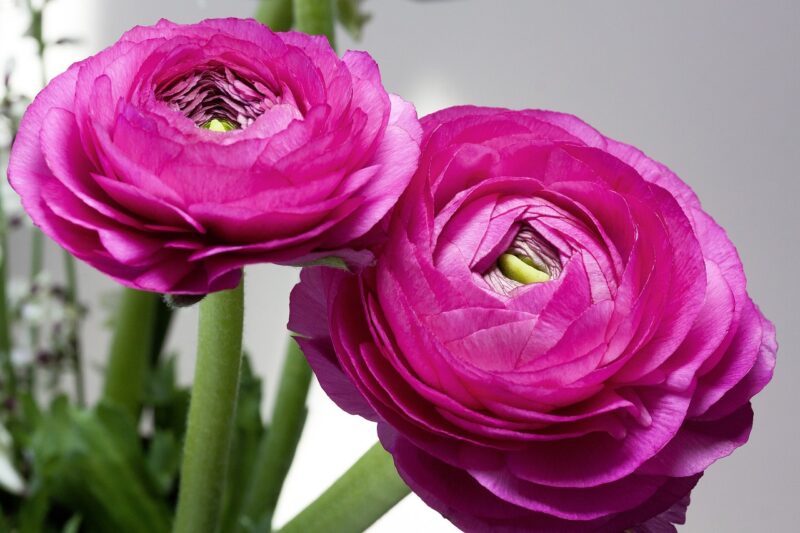
March is an ideal month for planting ranunculus, known for their lush, rose-like blooms. These perennial favorites will provide stunning colors to your garden, typically blooming in the spring.
Plant ranunculus tubers in well-draining soil in March after soaking them in water for a few hours. Bury the tubers about 1-2 inches deep and space them 6 to 12 inches apart. They prefer a sunny location for optimal growth, but they can also tolerate partial shade. Regular watering, especially during the early stages, is crucial to ensure healthy blooms.
Peruvian Lilies (Alstroemeria)
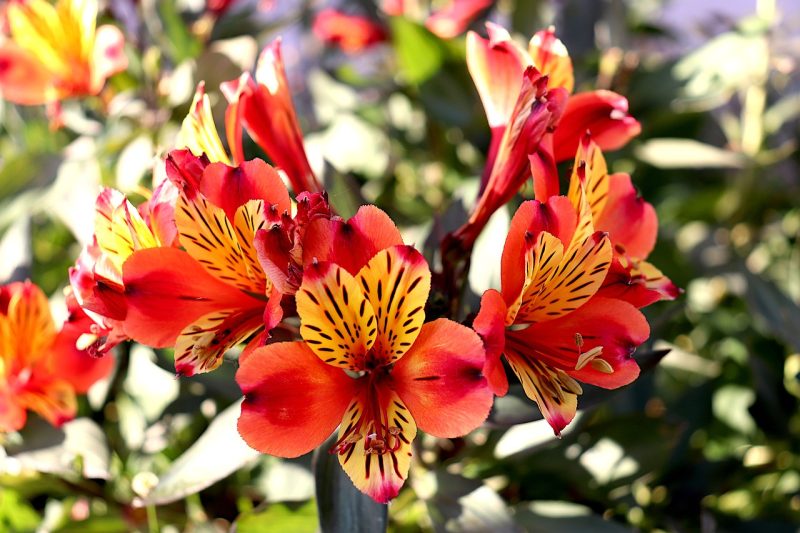
March is the perfect time to plant Peruvian lilies, or Alstroemeria, which are known for their vibrant, freckled blooms and long-lasting flowering season. These perennials can thrive in garden beds and containers, providing stunning colors from late spring through fall.
When planting Alstroemeria in March, choose a sunny spot with well-drained soil. Space the plants about 12 to 18 inches apart to allow for their natural spreading. Water them well after planting, and ensure the soil remains moist but not soggy as they establish. Regular care will reward you with beautiful blooms throughout the growing season.
Conclusion
March is a pivotal month in the gardening world as it offers a great opportunity for planting an array of beautiful flowers. From early bloomers like pansies and hellebores to vibrant perennials like peonies and dahlias, there is a rich selection for every beginner gardener. With careful planning and attention, your garden will flourish and provide a stunning array of colors and fragrances to enjoy all season long.




